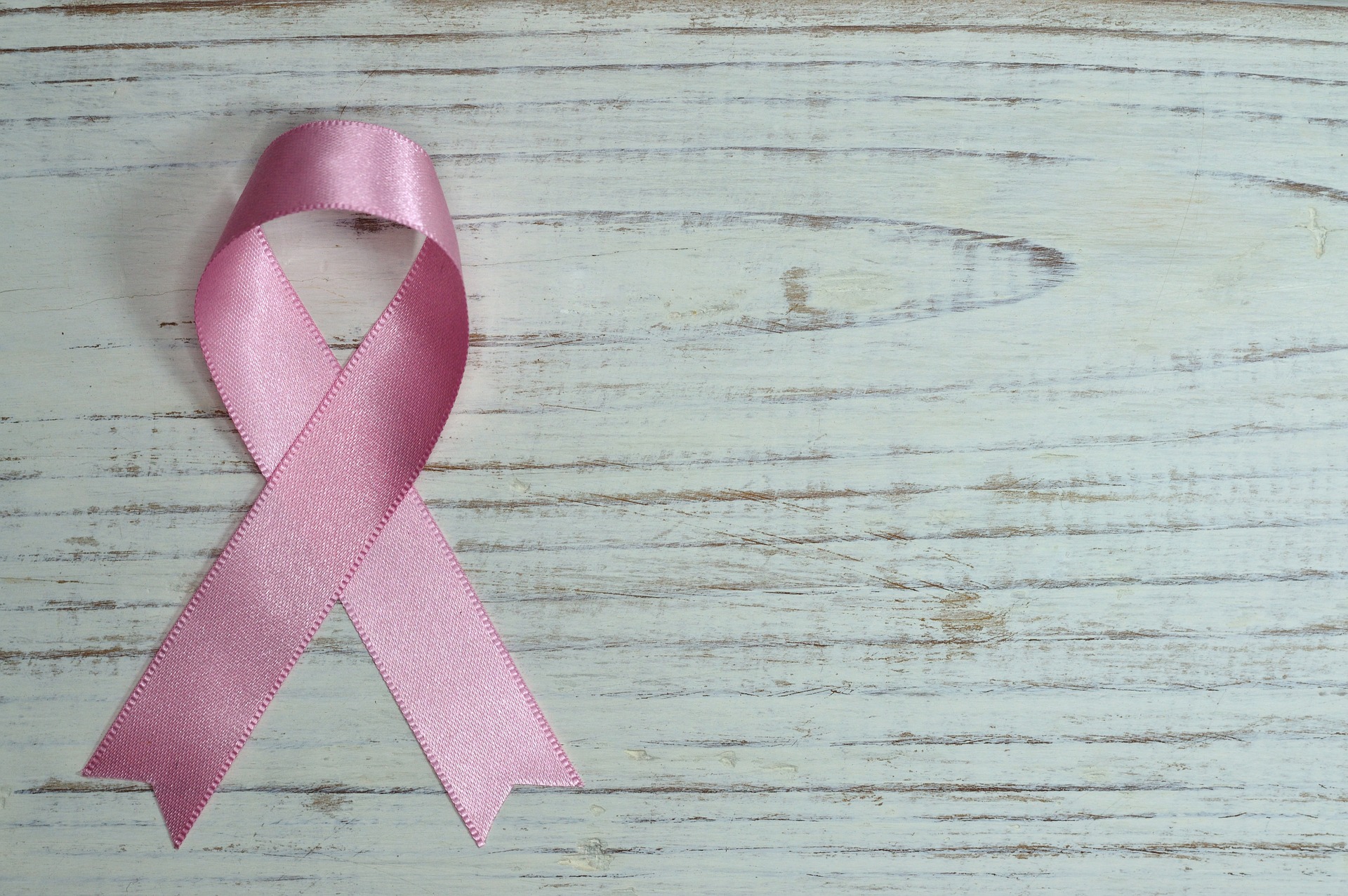A liquid biopsy is a medical process that involves a blood test and is primarily used to check for cancer, but it can be used for other conditions as well. It is offered as an alternative to the more invasive surgical biopsy that some patients prefer to avoid. A liquid biopsy allows doctors to identify gene mutations such as EGFR, which account for about 20% of lung cancer patients with non-small cell cancer (NSCLC).
Due to the fact that a liquid biopsy is non-invasive, it can be conducted multiple times to track mutations over a period of time – and it can also be used in the long term as a follow up to monitor relapse.
The role of liquid biopsy in analyzing tumor cells has already been approved by the FDA but the clinical implementation has been slow to take off. At the moment, much of the ongoing research has been focused on breast, lunch, and prostate cancers; however due to the convenience and effectiveness of the process, this process is expected to be used in analyzing other forms of cancer.
Types of Liquid Biopsy
Depending on the type of condition being analyzed, your doctor may use one of three types of liquid biopsy:
a. Circulating tumor cells when scanning your blood for cancer.
b. Circulating endothelial cells when diagnosing heart problems.
c. Cell-free fetal DNA when performing prenatal diagnosis.
How Liquid Biopsies Work
Unlike conventional biopsies, a liquid biopsy eliminates the need for invasive procedures and instead allows your doctor to analyze different forms of cancer by taking a blood sample. This makes the process much easier to perform and gives people confidence in being able to diagnose cancer early.
The process is made possible due to the ability to sequence human genomes, therefore allowing medical experts to identify genetic mutations that are characteristic of cancer cells. Some cancer mutations have been seen to appear on patient’s DNA in microscopic size, and other tumor-related cells also cause cancer cells to circulate in the bloodstream, therefore allowing early detection through a blood test.
A typical biopsy only requires about 5 milliliters of blood and that makes them easier to tolerate. After drawing blood, the initial 5 milliliters is spun down to just 2 milliliters containing mainly plasma, which is then used in the analysis.
Aside from convenience and tolerability, the other benefit of this process is its ability to reveal disease progression long before any psychical signs and symptoms appear.
Are Tissue Biopsies Still Viable?
Although liquid biopsies have shown great results so far, the gold standard for diagnosing cancer is still the old taking-and-testing-tissue. It is still early days for liquid biopsy so there’s still a lot of ground to cover and questions to address (such as the extent of accuracy among tumor types and different stages of disease) but medical experts are still working to address these concerns.
What’s needed now is more validation from clinical trials as more patients are seen to recover thanks to early detection and an increase in the number of people being tested. Using a quick, hassle-free blood test to check for different forms of cancer is in itself a breakthrough, but researchers are working to make the science even more reliable for the future.
Image source: https://pixabay.com/photo-2723873/







